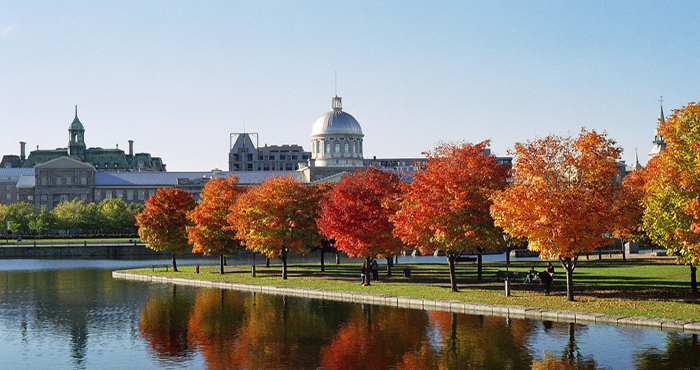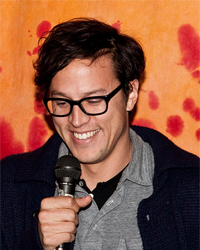Despite his removal from the police force, Connor reappears later in the investigation when he forces John Moore and Dr. Kreizler into an ambulance at gunpoint in order to transport them to a meeting with the mysterious group composed of church officials, anti-vice crusader Anthony Comstock, and even the former police superintendent who have been covering up the murders and are opposed to the team’s investigation. Although the moderator for this meeting, the powerful financier J. P. Morgan, gives his approval for the investigation to continue after hearing Dr. Kreizler’s arguments in its favor, it soon becomes apparent that Connor and his associates—working under orders from others in the group who remain steadfastly opposed to the investigation—are determined to continue tracking Dr. Kreizler and the rest of the team as they perform their investigation, with tragic consequences.
When Dr. Kreizler and John leave New York City to follow a promising lead toward the conclusion of the investigation, Connor and his men lose track of their quarry and invade Dr. Kreizler’s house to establish his whereabouts from his household staff. Employing their usual strong-arm tactics, Connor and his associates attempt to beat the answer out of Dr. Kreizler’s young ward, Stevie Taggert; however, they are thwarted in this attempt by Mary Palmer, the Doctor’s housekeeper and love interest, who attempts to fight them off with a kitchen knife. Although she is successful in scaring them off—with her knife ending up in Connor’s side—she is knocked to the bottom of a flight of stairs during this altercation, and breaks her neck.
Even though Dr. Kreizler removes himself from the investigation at this point in order to care for Stevie and grieve the loss of Mary, it eventually transpires that Connor and his men have continued to track Dr. Kreizler’s movements. On the night Dr. Kreizler agrees to rejoin the investigation—a night when he knows the murderer, John Beecham, will strike—Connor follows Dr. Kreizler to the site of the final confrontation with Beecham, and intervenes with the intention of ensuring that Beecham is killed once and for all. Although Dr. Kreizler foresees this eventuality and takes steps to ensure their safety by hiring additional protection in the form of gangster Jack McManus, Connor still manages to kill Beecham before Sara Howard arrives on the scene and finally stops the former Detective Sergeant with a fatal shot from her revolver.




